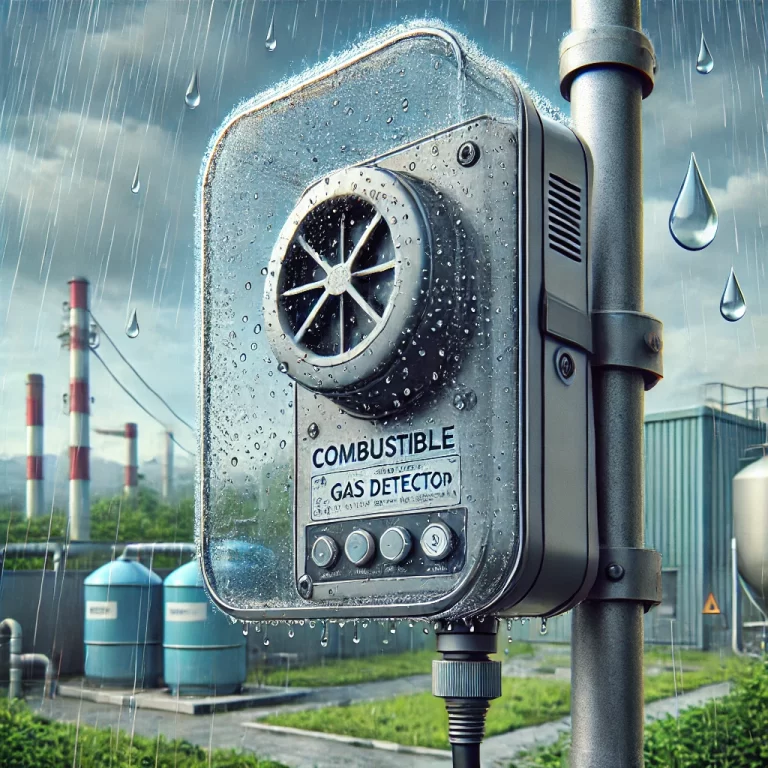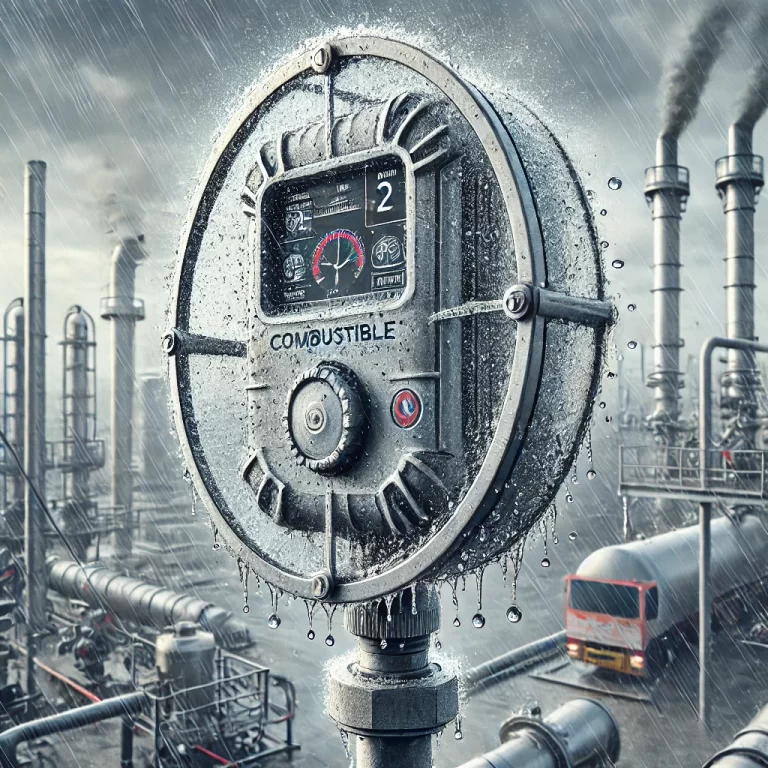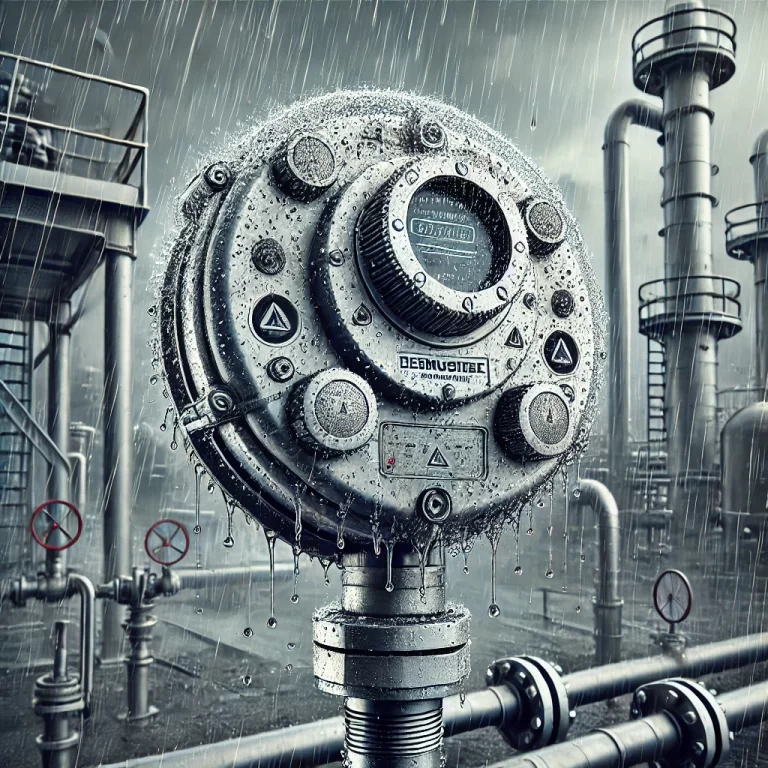Combustible gas detectors are critical safety devices used to detect the presence of flammable gases and mitigate potential hazards. However, whether they need to be equipped with a rain shield depends on the installation environment, device specifications, and operational requirements. Below is a detailed exploration of the factors to consider.
1. Installation Environment
Indoor Installations:
- In indoor environments, especially those with controlled conditions such as kitchens, mechanical rooms, or laboratories, a rain shield is generally unnecessary. These environments are typically free from direct water exposure, and the detectors are protected by the building infrastructure.
Outdoor Installations:
- For detectors installed outdoors, rain and environmental elements like snow, wind-driven dust, and debris can compromise their performance or shorten their lifespan. In such cases, a rain shield is highly recommended to protect the detector from direct exposure to precipitation.

2. Protection Level of the Detector (IP Rating)
Modern gas detectors often come with an Ingress Protection (IP) rating, which indicates their resistance to solid particles and liquids:
- IP65 and above: Detectors with this rating or higher typically offer good protection against water jets and dust. While these detectors can withstand certain levels of rain, prolonged or heavy exposure might still necessitate a rain shield for additional protection.
- Below IP65: Detectors with lower IP ratings are more susceptible to water ingress and must be equipped with a rain shield for outdoor use.
3. Gas Flow and Detection Sensitivity
A rain shield must not interfere with the detector’s ability to sense gases effectively. Proper design considerations include:
- Ventilation: The rain shield should allow unobstructed airflow to ensure accurate gas detection. Poorly designed shields may trap gases or create areas where gas cannot easily flow, reducing the detector’s sensitivity.
- Minimal Impact on Calibration: The rain shield should not introduce contaminants or conditions that affect the device’s calibration or performance.
4. Environmental and Industrial Factors
Certain environments present additional challenges that may require specific protective measures:
- Corrosive Environments: In chemical plants or industrial zones with high humidity or corrosive vapors, a rain shield alone may not suffice. Additional protective enclosures resistant to chemical corrosion may be required.
- Dusty Conditions: Areas with significant dust or particulate matter may necessitate combined protection against both water and debris.

5. Maintenance and Longevity
Installing a rain shield can help reduce maintenance requirements and prolong the lifespan of the detector. Without a rain shield:
- Water ingress can damage the sensor or electronics.
- Accumulated debris can obstruct detection, requiring frequent cleaning. With a rain shield, these risks are minimized, but the shield itself must be inspected regularly to ensure it remains functional and does not degrade over time.
6. Manufacturer Recommendations
It is crucial to follow the manufacturer’s guidelines regarding the use of rain shields. Many manufacturers design custom shields specifically tailored to their detectors to ensure compatibility and maintain accurate detection. Using third-party or improvised shields can void warranties or negatively impact performance.
Practical Recommendations
For Outdoor Installations:
- Install a rain shield for any combustible gas detector unless it has a very high IP rating and is guaranteed to withstand the local environmental conditions.
- Ensure that the shield does not impede ventilation or the detection of gases.
- Regularly inspect and clean the shield and the detector to prevent blockages or reduced sensitivity.
For Indoor Installations:
- A rain shield is generally unnecessary unless there is a risk of water exposure, such as in areas with sprinkler systems, high humidity, or occasional spills.

Conclusion
Equipping a combustible gas detector with a rain shield is often essential for outdoor applications and in environments prone to water exposure. The decision should consider the detector’s IP rating, installation location, and environmental conditions. By using the appropriate protective accessories and maintaining the detector regularly, you can ensure optimal performance and extend the life of the device. Always consult with the manufacturer or a professional technician to make the best choice for your specific needs.
